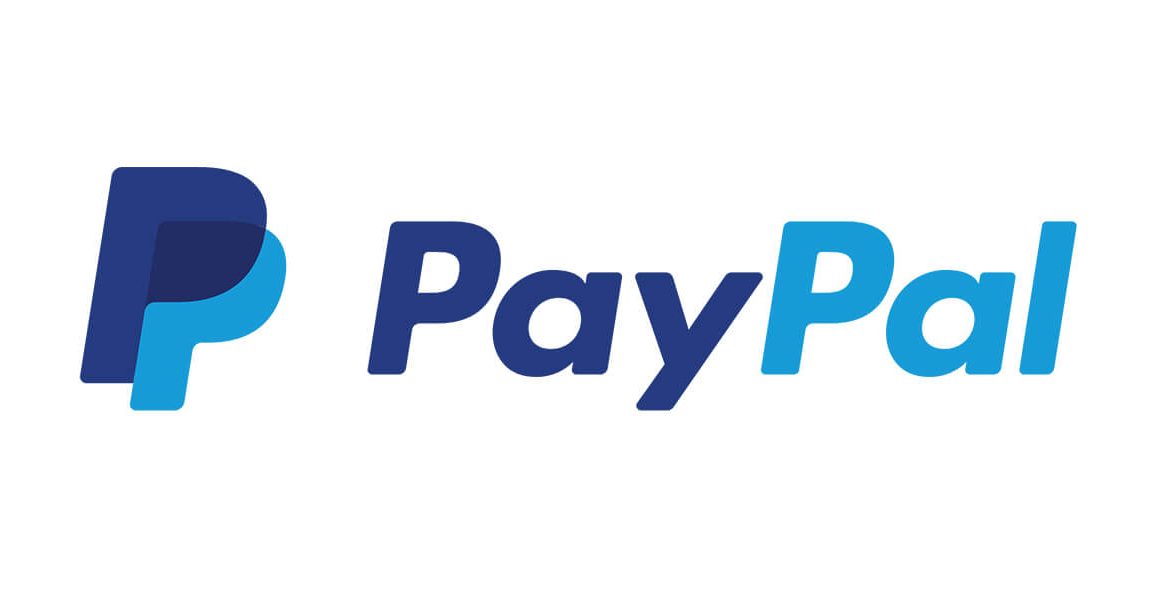Node.js is an open-source, cross-platform, JavaScript runtime environment that executes JavaScript code outside a web browser. It is used to develop server-side and networking applications. Node.js is built on Chrome’s JavaScript runtime and can be used to build large-scale and complex applications with ease. It is an event-driven, non-blocking I/O model that makes it lightweight and efficient. Node.js is also used for real-time web applications because of its asynchronous nature.
JavaScript is without a doubt the undisputed leader in programming languages. Surprisingly, while it is used on the client side, its true power can also be applied on the back end thanks to Node.js.
Getting Started with Node.js for Backend Development
Before you can start developing applications with Node.js, you’ll need to set up a development environment. This involves installing Node.js on your computer, as well as any necessary tools and libraries. After that, you can write a basic Node.js application to make sure everything is working properly.
1. Install Node.js:
Before you can start writing Node.js applications, you need to install it on your computer. You can do this by downloading the appropriate installer from the Node.js website. Be sure to download the version that is compatible with your operating system.
2. Install a Text Editor:
You’ll need to get a text editor set up next. This is the software you will utilize to create your code. Sublime Text, Atom, and Visual Studio Code are popular options.
3. Install NPM (Node Package Manager):
NPM is a package manager for Node.js that allows you to easily install and manage third-party libraries and tools. You can install NPM by running the appropriate installer from the Node.js website.
4. Create a Basic Node.js Application:
Once you have everything installed, you can create a basic Node.js application. This will help you make sure that your development environment is properly set up.
Node.js Backend Development
Node.js is often used for backend development because it is efficient and easy to use. When building the backend of an application, you’ll use Node.js to create the server, routes, and APIs. You can also use it to create webhooks and handle HTTP requests.
Node.js can also create a highly scalable application with its asynchronous, non-blocking I/O model. This means that multiple client requests can be handled simultaneously, making it an ideal choice for applications that handle a lot of data or require frequent interactions with a database and web servers. Incoming requests may involve concurrent requests that are handled simultaneously.
Node.js also has a huge selection of libraries and frameworks that can be used to make application development easier. For example, Express.js is a popular framework for creating web applications, while Socket.io is often used to create real-time applications.
Backend Web Development
Node.js is extremely popular among web developers due to its flexibility, scalability, and performance. It is also easy to learn and use, making it the perfect choice for beginners. Node.js is also very popular among backend developers, as it provides a powerful and efficient runtime environment for building complex and powerful web apps. Node.js is also often used for building APIs, real-time applications, web, and desktop apps. It is also used for developing microservices and serverless architectures. Furthermore, Node.js is widely used for building web-based services, as it enables a web developer to quickly and easily create dynamic, fast, and reliable web services.
Working with Database and Node.js
In most cases, you’ll need to connect relational databases to your Node.js application. This can be done by using a database driver or an ORM. Once the database is connected, you can use Node.js to interact with the database and perform CRUD operations.
How is Node.js different from web JavaScript?
Node.js is a server-side JavaScript cross-platform runtime environment that executes JavaScript code outside of a browser. JavaScript, on the other hand, is a client-side scripting language that is interpreted by web browsers. The primary difference between the two is that Node.js is used for developing server-side applications, while JavaScript is used for developing client-side applications. Node.js offers features such as the ability to create server-side applications, access databases, create web servers, and run automated tasks, while JavaScript is mainly limited to displaying dynamic content and responding to user input.
In addition, Node.js is asynchronous, meaning it can handle multiple requests at the same time, while JavaScript is synchronous and must wait for the response of one request before another can be processed.
Pros of using Node.js for backend development
One of the main advantages of Node.js is its ability to handle thousands of simultaneous connections with high throughput. This makes it an ideal choice for applications that require low latency and high throughput. Node.js is also highly scalable and can be easily deployed in cloud-based environments, giving developers more flexibility and reducing costs.
Flexible and scalable backend
Node.js is highly scalable, meaning that it can easily handle large amounts of traffic. This makes it ideal for applications that experience a lot of growth, as it can easily scale to meet demand. Thanks to its scalability, system crashes can be avoided.
Productivity and developer efficiency
Node.js is built on Google’s V8 JavaScript engine, which offers developer efficiency. This means that developers can start developing software faster, and the compilation time is reduced significantly.
Caching
Node.js has an in-built memory caching system that allows developers to cache certain parts of their applications. This means that, for example, if you were to make a request for an image, it would be stored in the memory and would be served much quicker the next time you required it.
Full-Stack JavaScript
One of the biggest advantages of using Node.js is that it allows you to use JavaScript for both the frontend and backend of your application. This makes it much easier to handle communication between the two, as well as allowing for a more efficient development workflow.
NPM Support
The Node.js Package Manager (NPM) is a great resource for developers, allowing them to quickly and easily install any dependencies they may need. This removes the need to manually install any modules, and makes the process much simpler.
Community Support
Node.js has a large and thriving community of active developers, which makes it easy to find help and advice when working on a project. This support network has helped developers to create a wide range of tools and libraries to help them with their projects.
Cons of using Node.js for backend development
Single-Threaded
Node.js is single-threaded, meaning that it is not capable of taking full advantage of multiple cores in a CPU. This can lead to slower processing times and reduced performance when compared to multi-threaded languages such as Java or C++.
Not Suitable for Heavy Computing Tasks
Node.js is not suitable for heavy computing tasks, such as data processing or scientific computing. This is because of its single-threaded nature, which makes it difficult to take full advantage of multiple cores.
Lack of Resource Library
Node.js does not have the same level of mature libraries and (node.js) frameworks as other languages. This can make it difficult to find the resources needed to implement certain features or solve certain problems.
Callback Hell
Callback Hell is a term used to describe a pattern of deep nesting of callbacks, which can lead to unreadable and hard-to-maintain code. It’s a common problem when programming with Node.js, and it can be difficult to avoid.
Node JS Event Loop
To manage numerous concurrent clients, Node JS employs a “Single Threaded Event Loop” design. It can handle multiple concurrent client requests with fewer resources than most other server technologies. This is because the single-threaded event loop is responsible for managing the requests and responses of all the clients at once. Furthermore, due to its ability to handle a large number of simultaneous requests, Node JS is well-suited for applications that require real-time communication, such as chat or video streaming applications. Additionally, Node JS is lightweight and has a low memory footprint, making it ideal for applications that require high performance.
Web Applications
In recent years, Node.js has become an increasingly popular technology for web application development. Node.js is a powerful open-source server framework that is based on JavaScript and is used for writing server-side applications. It is a lightweight, event-driven architecture designed to run on distributed devices and is used to build fast, scalable network applications. Node.js is seen as a great tool for creating highly scalable web apps with high performance.
Examples of server-side web applications created with Node.js include e-commerce platforms, content management systems, online marketplaces, instant messaging, mobile apps, and collaborative tools. Node.js applications are often used for real-time applications, such as chat applications and gaming platforms. It is also used to create RESTful APIs and web/rest services.
Big Companies leverage Node.js
Node.js is one of the most popular programming languages used by businesses today, and many big companies are now using Node.js to build their applications.
Node.js is being used by some of the biggest names in the industry, including Microsoft, PayPal, Netflix, LinkedIn, Walmart, and many others to build their enterprise-level projects. Microsoft is one of the biggest companies that are using Node.js.
Microsoft

Microsoft is using Node.js in its Azure cloud platform, allowing developers to build and deploy applications on the cloud. The company is also leveraging Node.js in its Visual Studio Code development environment, which is a popular choice for web developers.
PayPal

PayPal, the world’s largest online payment processor, is also leveraging Node.js in its web application. PayPal uses Node.js to process payments quickly and securely. The company is also leveraging Node.js to handle its real-time data streaming.
Netflix

Netflix is leveraging Node.js to build its video streaming service. Node.js is being used to build the back-end of Netflix’s streaming service, which allows them to deliver high-quality video streams to millions of users.

LinkedIn is another big name that is leveraging Node.js. The company is leveraging Node.js to power its social networking platform. LinkedIn is leveraging Node.js to provide scalability and reliability to its web platform.
Walmart

Walmart is leveraging Node.js to power its online store and its mobile app. Node.js is being used to create a responsive and fast user experience for its customers.
These are just a few examples of big companies that are using Node.js. Node.js is a powerful platform that can be used to build reliable and scalable applications. It is no wonder that so many big companies are turning to Node.js for their applications.
Conclusion
Node.js is an excellent programming language for creating high-performance, scalable, server-side applications. It offers a wide range of features and capabilities, from its event-driven, non-blocking I/O model to its robust package manager, npm. Node.js has become an increasingly popular choice for developers of all levels, from newbies to professional developers. With its broad set of features, ease of use, and wide community of users, Node.js is an excellent programming language for desktop application development and modern web apps.












